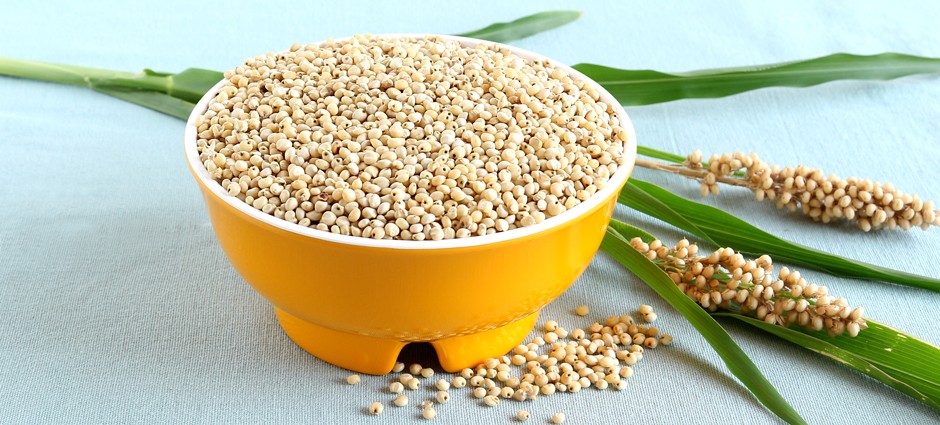This little-known, gluten-free grain is gaining attention for its nutrition prowess and environmental friendliness. According to the Sorghum Checkoff Program, which promotes awareness of the grain, sorghum is among the most efficient crops in the conversion of solar energy and the use of water.

Sorghum can be served like rice or quinoa and is full of nutrients including protein, iron, magnesium and phosphorus. One company, Silver Palate, uses a specially formulated high-tannin, high-antioxidant black sorghum called Grain Berry Onyx Sorghum in its Grain Berry line of breakfast cereals. Rich in natural antioxidants and dietary fiber, this bran contains more antioxidants – ounce for ounce – than blueberries, pomegranate juice, red wine, and other foods and grains.
Here are some ways additional to incorporate this nutty, slightly sweet, versatile grain into your diet:
- Pop it like popcorn! Toast on a dry or lightly oiled cast-iron skillet, and you’ve got breakfast or a crunchy topping for your smoothie or yogurt.
- Sub for Israeli couscous if you’re gluten-free. The similar size and texture make it a great substitute.
- Try sorghum flour in lieu of oat or rice flour in your next baking project. Sorghum flour is lower on the glycemic index and higher in fiber.
- Head to your local Ethiopian restaurant. Spongy, nutty injera bread is made exclusively from sorghum.

